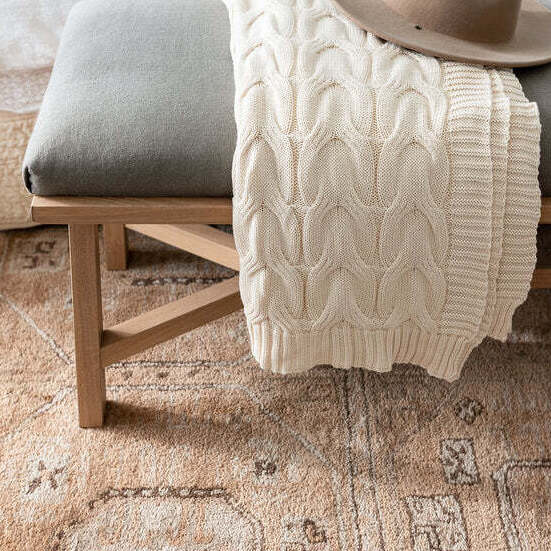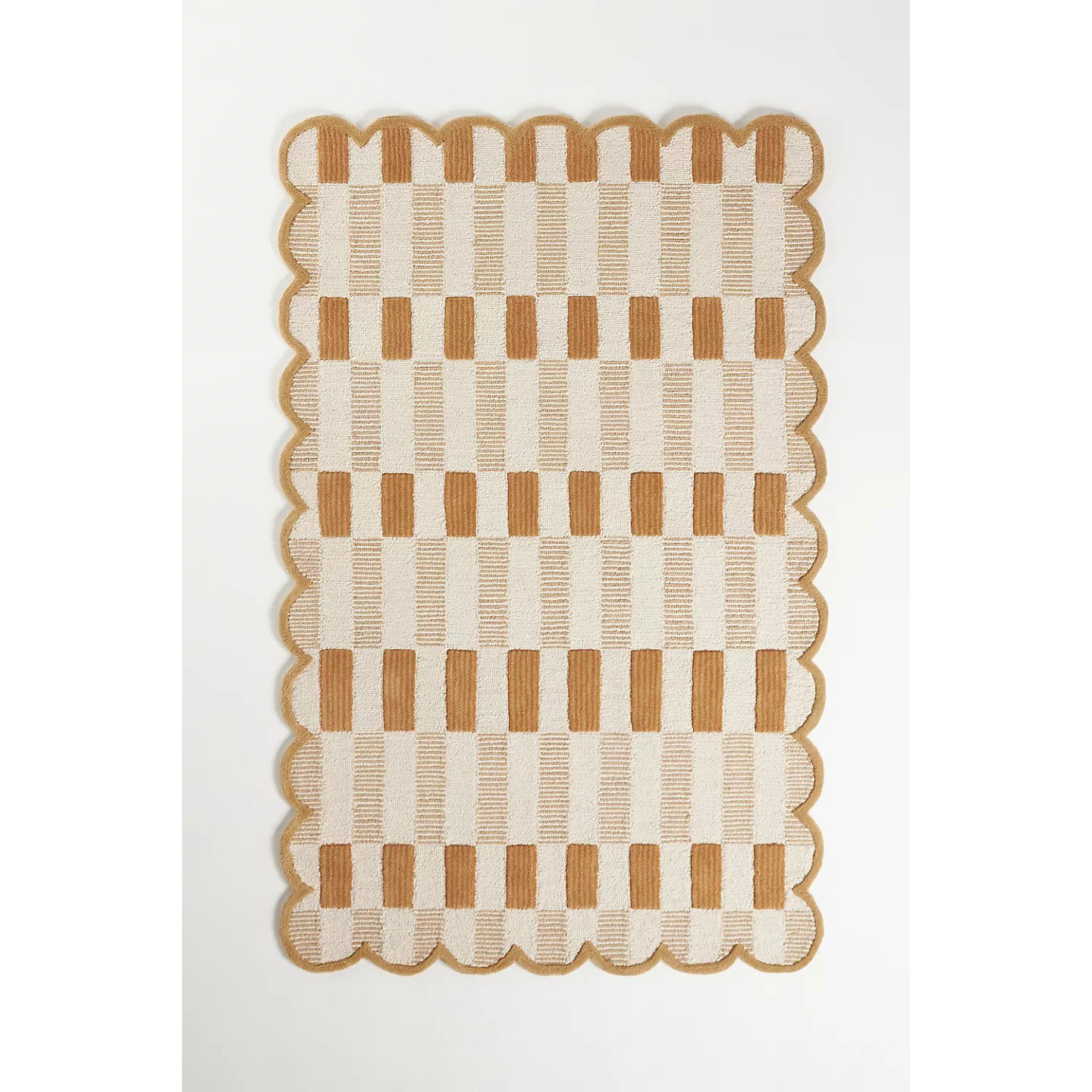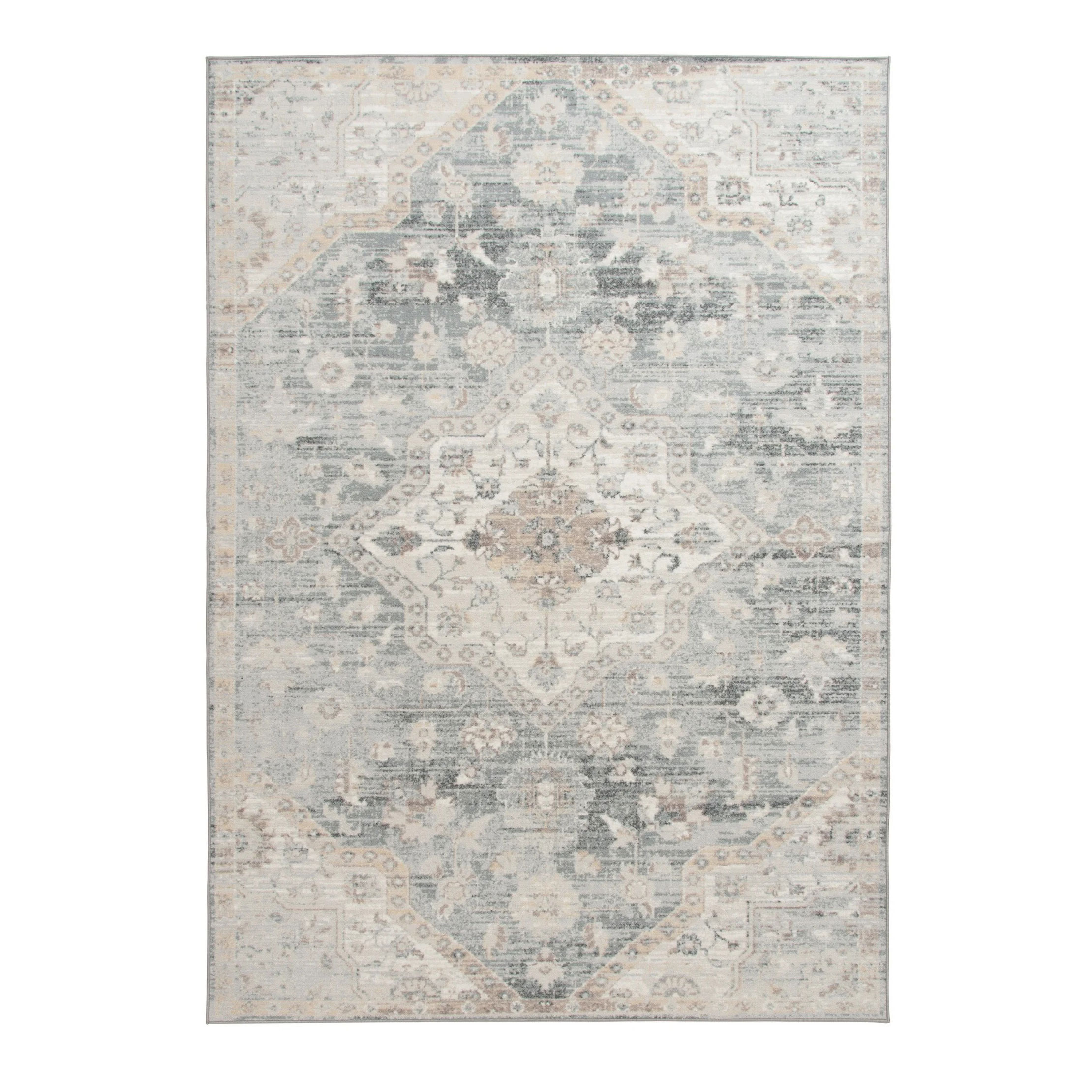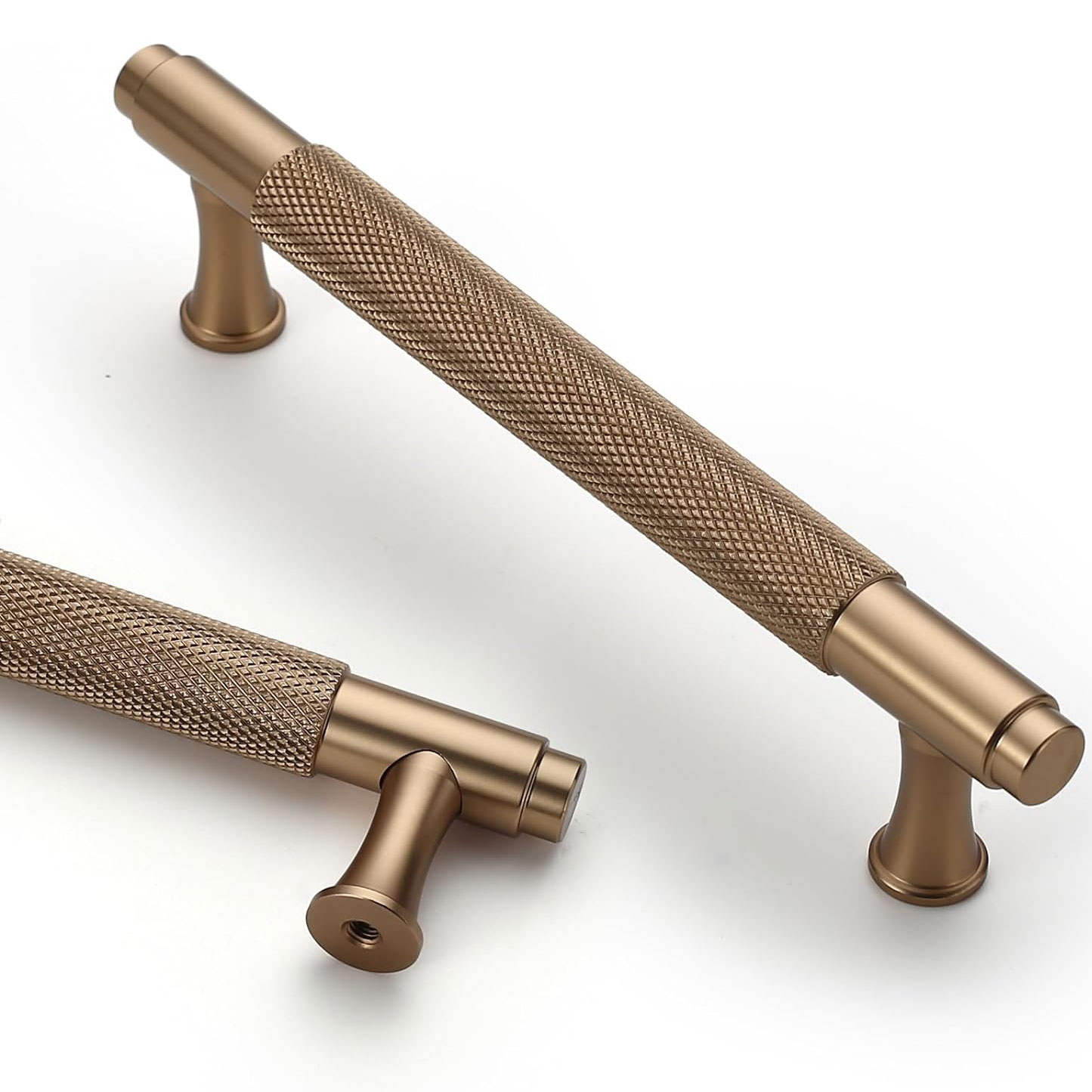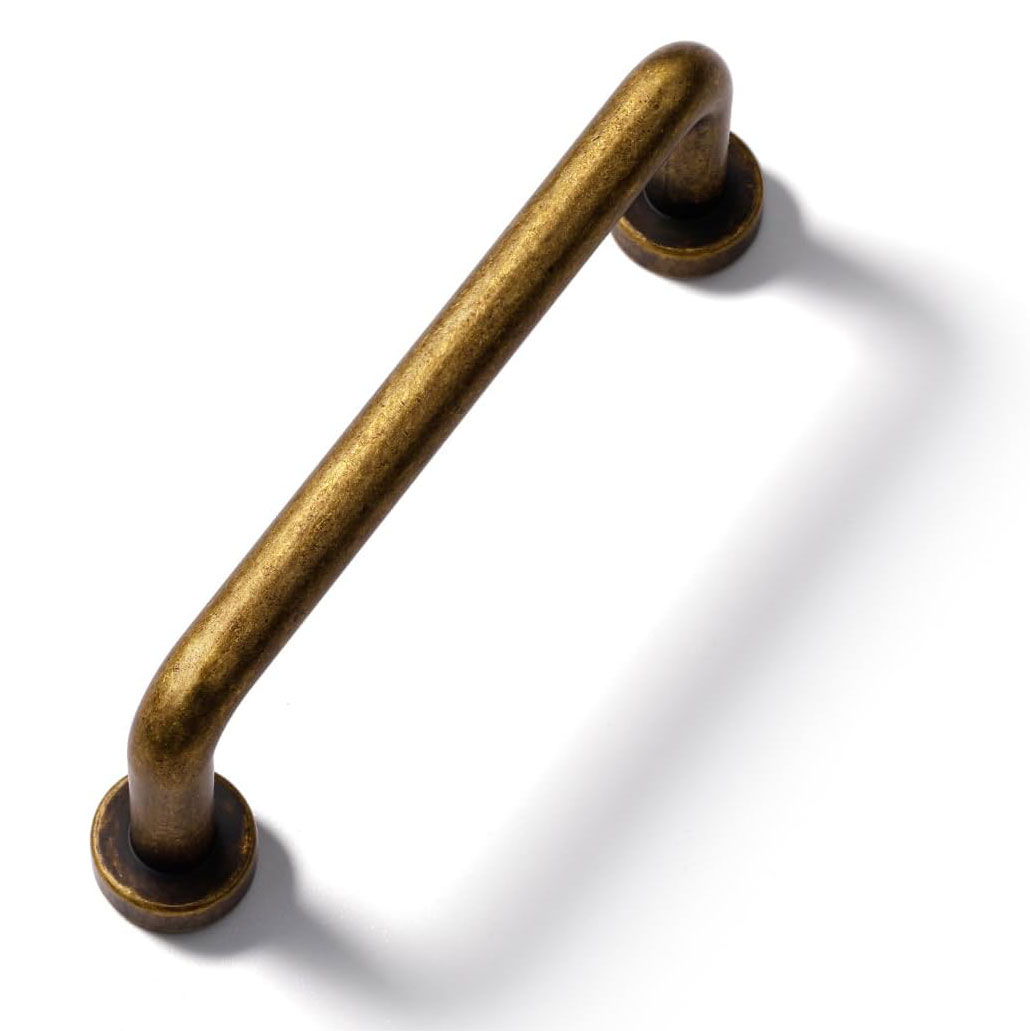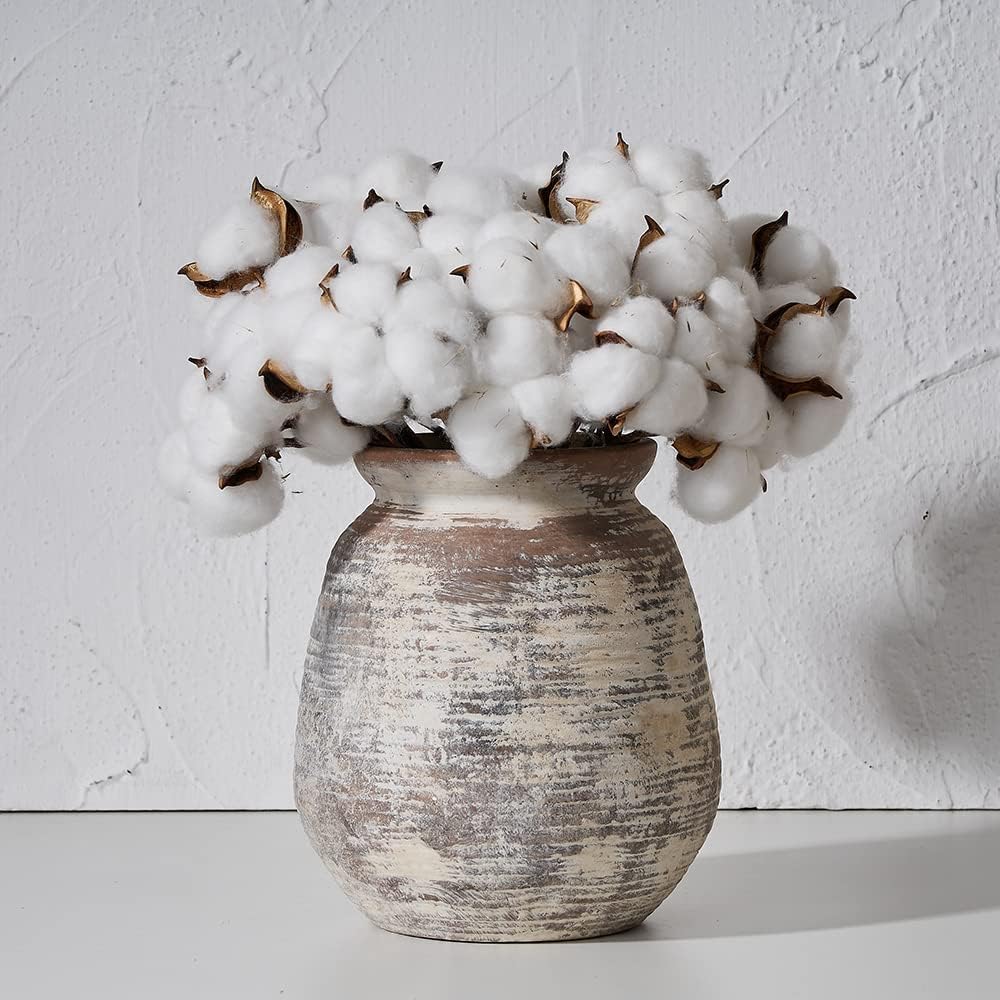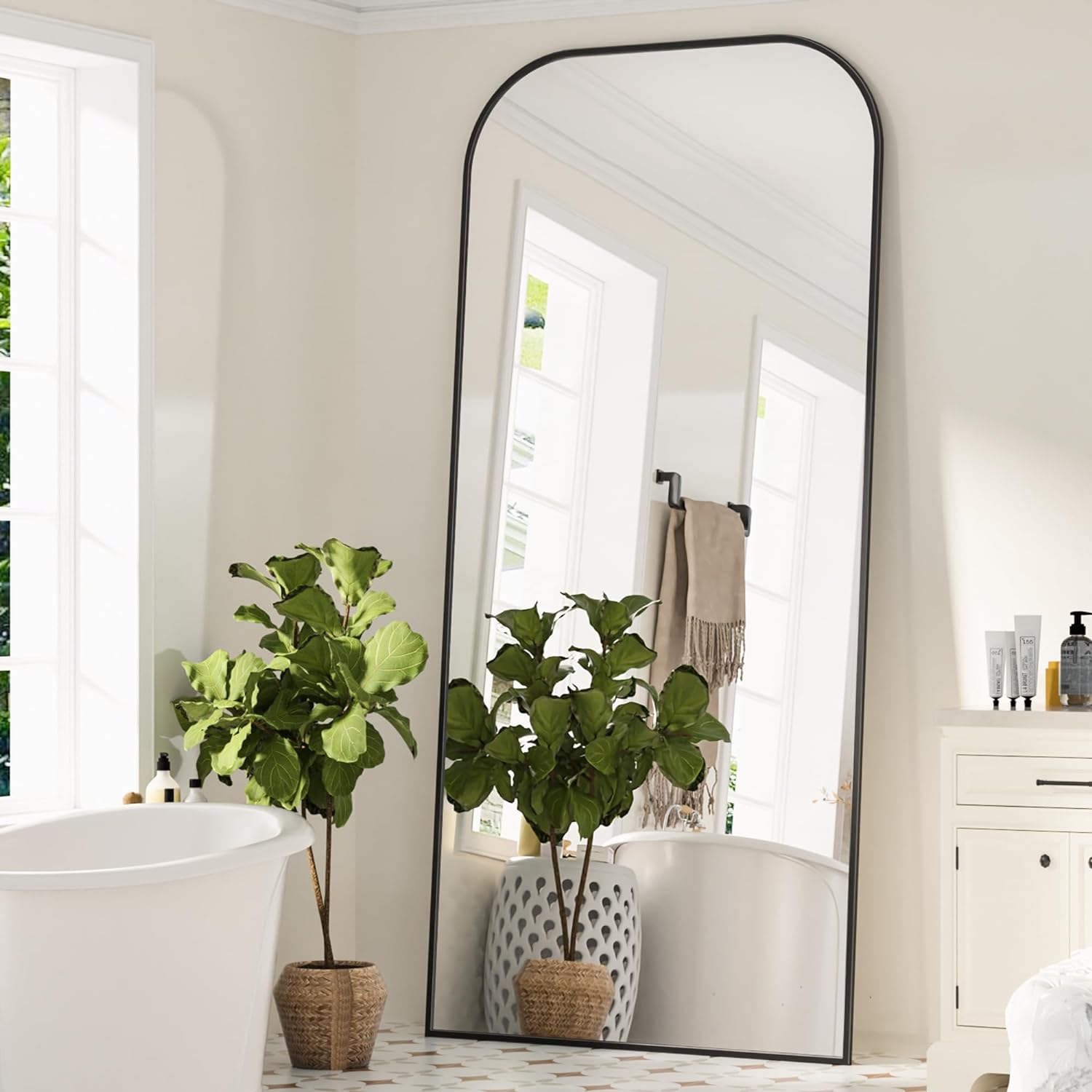5 low-cost updates to make a house look more expensive – the tricks designers actually use
Want to upgrade your home at miminal cost? Yes, it is possible! These interior design tricks will give you an elegant home without overspending
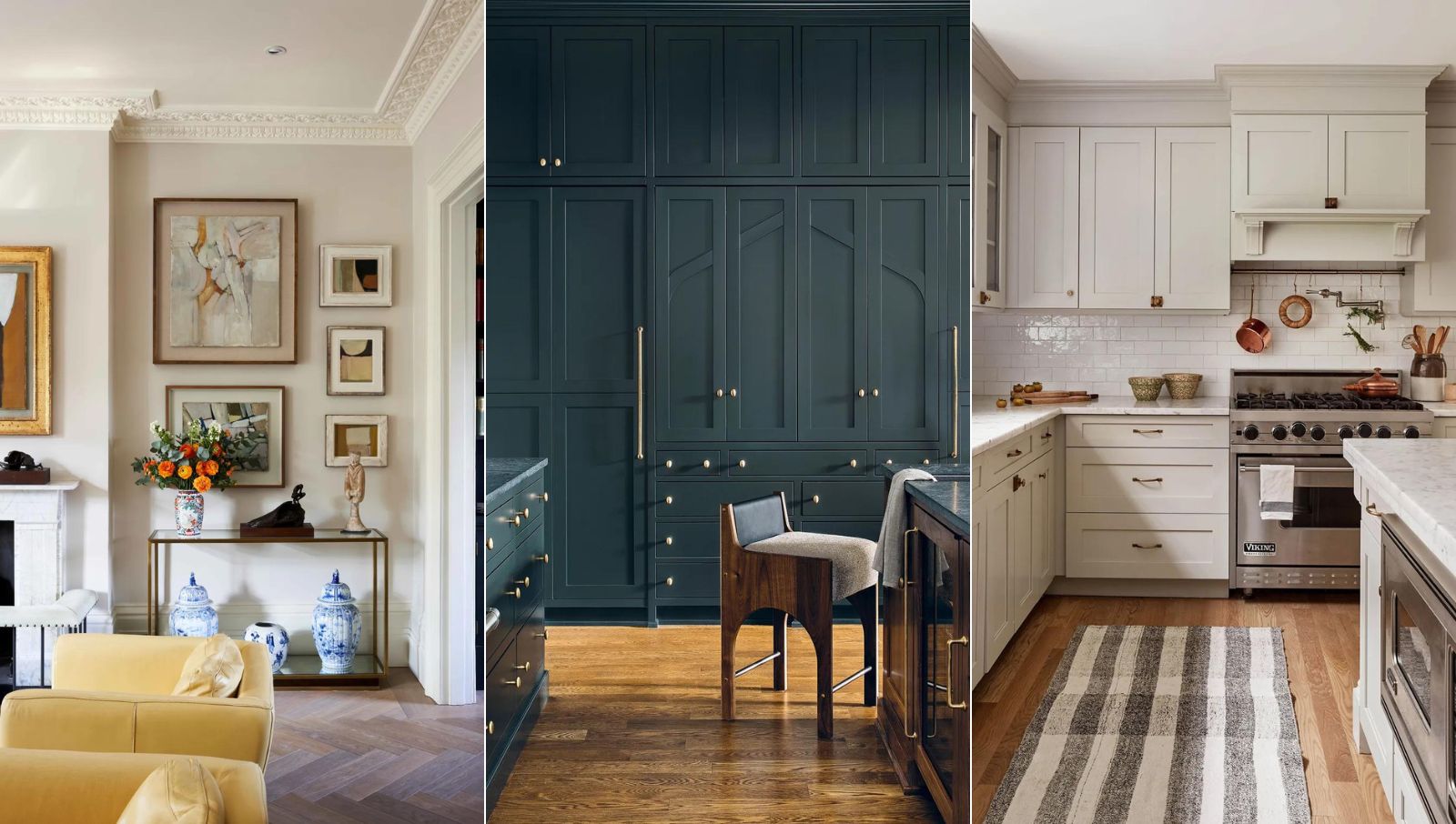

Learning how to make a home look expensive without overspending is a design conundrum everyone wants to solve. It is so easy to get caught up in a rapid cycle of consumerism. Before you know it, your quest to live a more intentional and sustainable life is drowned out by yet even more stuff.
Room transformations don’t always have to be grand or expensive affairs. Instead, they can be slowly curated through minimal updates, often using a few interior design tricks, items you already own, or ones that are relatively inexpensive to purchase. All your home needs are a few thoughtful details to give it that five-star status that you have always desired.
In this article, we’ll share clever tricks you can use to improve your entire home with low-cost updates. Each one is easy but impactful – and above all, beautiful. So, if you have time on your hands and are in need of inspiration, keep scrolling...
How can I make my home look expensive on a budget?
Before you invest in designer décor, think critically, because spending a small fortune on furniture and furnishings does not always guarantee a bold, beautiful, and bodacious look.
Here, some of our favorite interior designers offer simple home decor ideas, advice, and expertise on making a home look better without overspending. It is easier than you think to curate the home of your dreams.
1. Lay down a rug
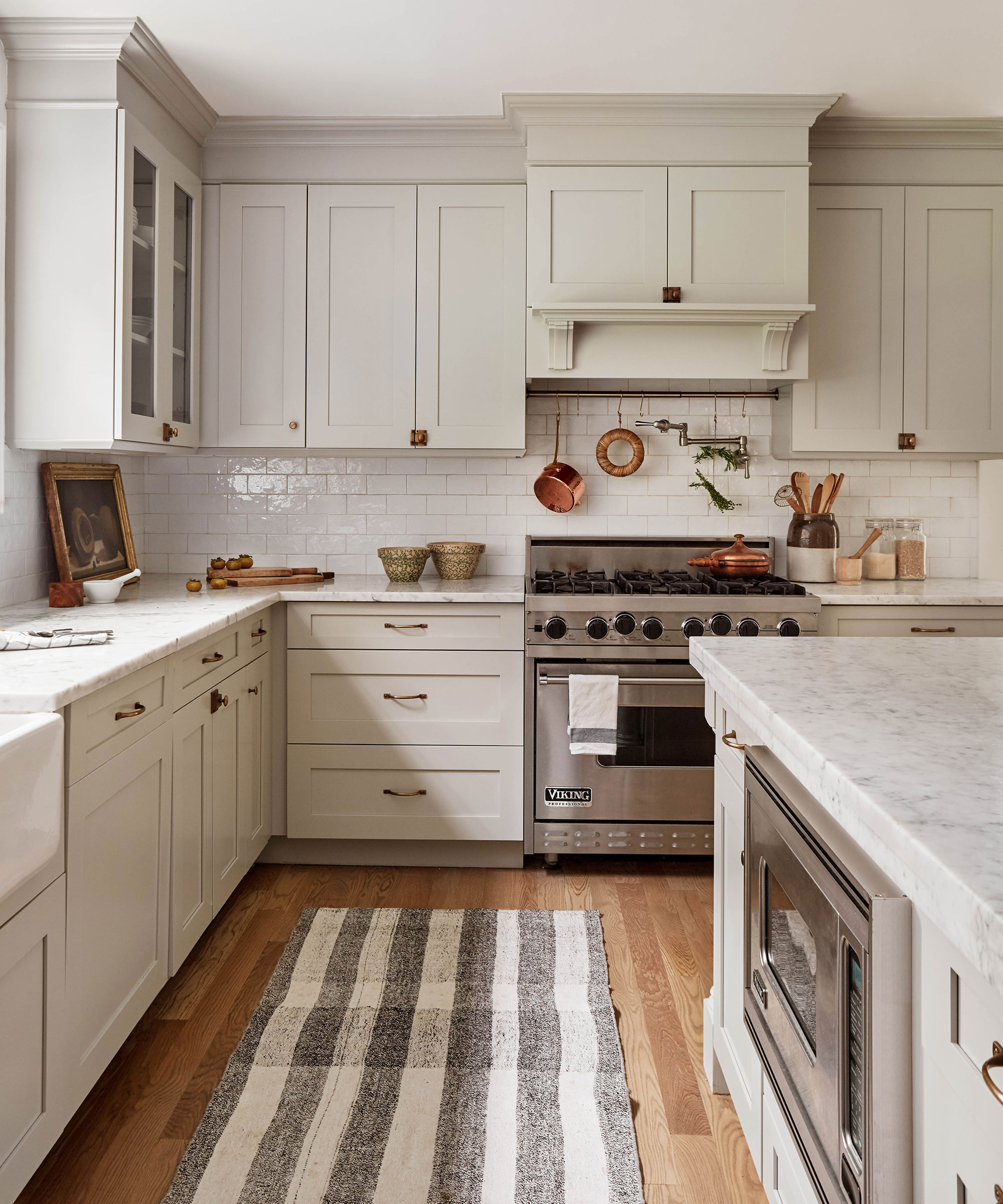
People always ask what you should start with when decorating a room and I always say a rug. Since rugs are the hardest thing to find matches for, if you start with the rug and work from that then you’ve got your match before you begin. The interest and intrigue a rug can add to a room is often unrivaled.
'Creating a simple room scheme and then having a big colored or patterned rug can make a room – nothing pulls a room together quite like a rug does,' says interior designer Penny Morrison. 'My favorite way to add impact with a rug – and this depends on the size of the room – is to go as large as possible, and to extend to about two feet out from the walls,' she adds.
Avoid cotton rugs as they don’t have a luxurious depth, and they also tend to get grubby more quickly. The kind of material you choose depends on the room and its use and the people in it. We always recommend natural materials and avoid harmful chemicals to keep your home as healthy as possible. Stick to wools and sisals.
Place an anti-slip underlay on a hard floor. It keeps the rug safely in position and also makes it feel nicer to walk on.
2. Update hardware
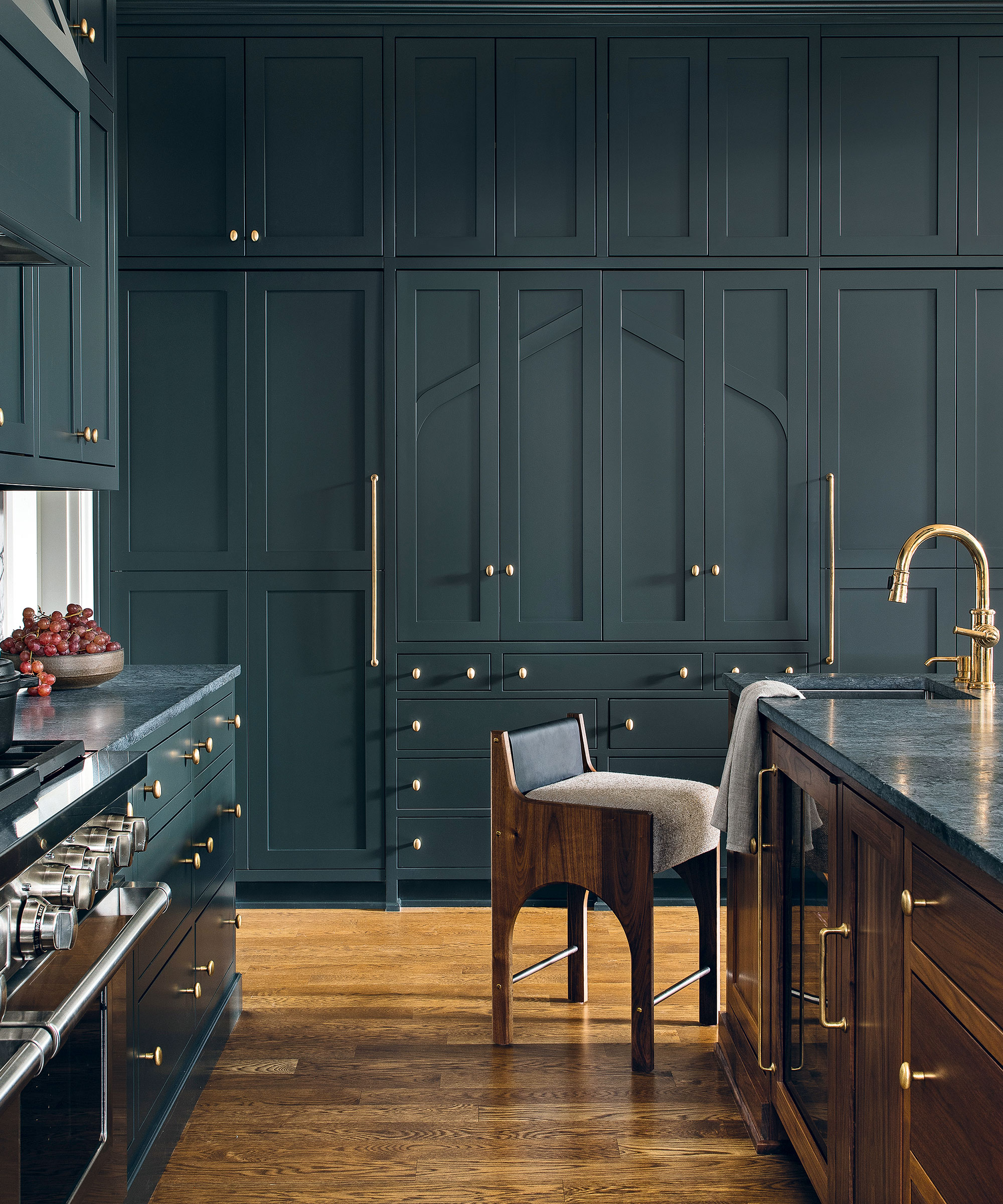
Upgrading door and cabinet handles might just be the easy fix needed to tie your schemes together. Door handles are a seriously underestimated decorative addition in the home. The hardware you choose throughout your space should be as equally considered as the doors themselves.
‘Internal handles are often overlooked – but they’re really like mini pieces of art for your doors,’ says James Dowsing-Reynolds, co-founder and designer at Dowsing & Reynolds. 'Like all good jewelry, the handles on furniture can elevate the look substantially.'
Switching your door handle is a fairly simple job: all you need is a trusty screwdriver and a tape measure for accuracy. Remove your old handle and the latch, putting your new latch carefully in place before adding the handle. ‘Just take your time and ensure your door is protected when removing and installing the handles to avoid scratches,’ advises Massimo Buster Minale, founder of Buster + Punch. Then sit back and enjoy the cohesion new door handles bring to your space.
3. Display art
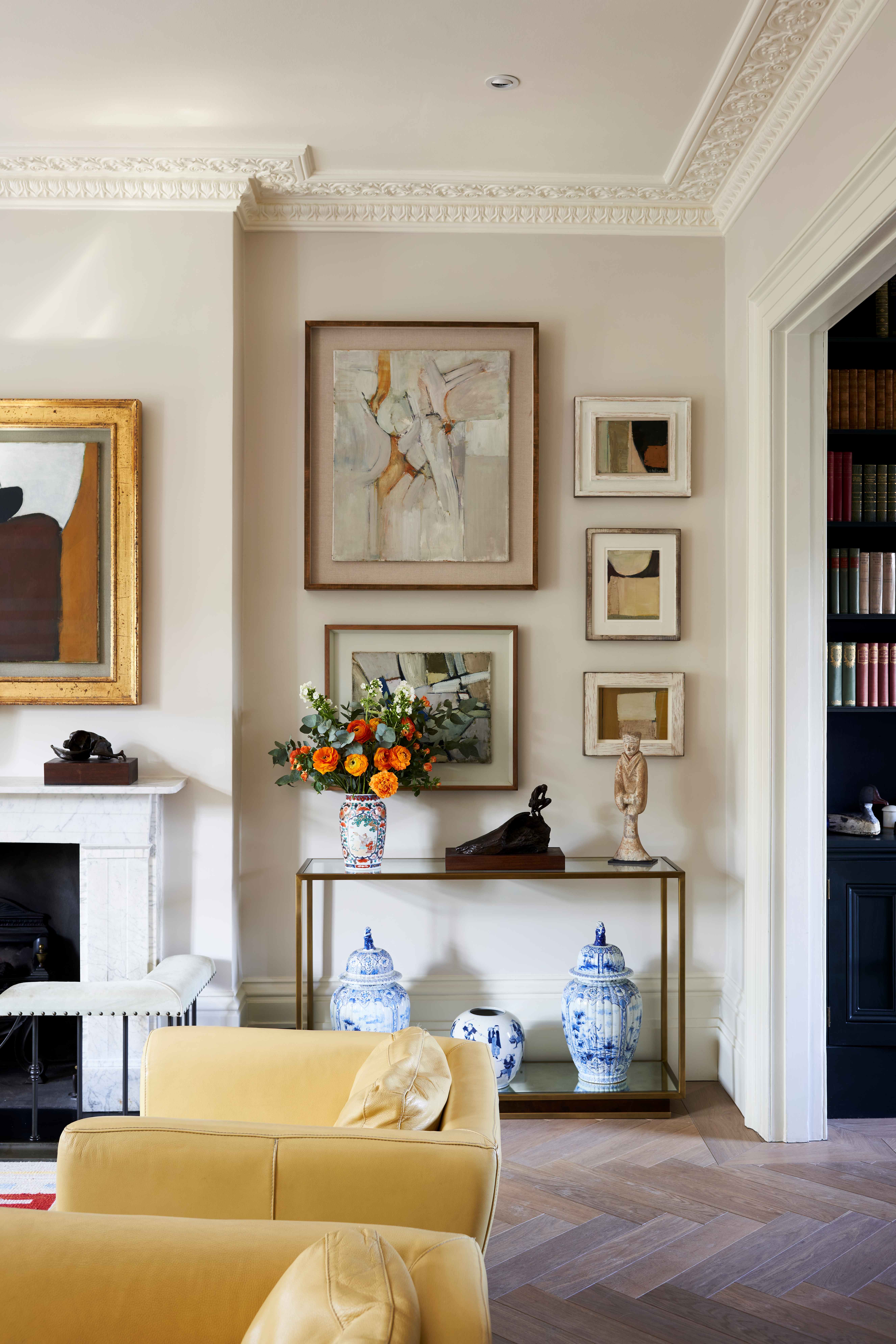
Finding original pieces of art that resonate personally will add a beautiful narrative to your home, and good art doesn't have to cost the earth. Art is the most powerful tool in any room and sets the tone. Furniture doesn’t necessarily last forever, whereas art is often passed down the generations.
For many years, the easiest way to access art was to buy prints or limited editions. Thanks to social media – and, in particular Instagram, which connects artists and clients without a gallery middleman – the market has exploded with opportunities. Works can start from as little as $100. And it’s not always about finding the next Rothko or Hockney, it’s about discovering a piece of art that you love.
'Art can be an inspiration for color, but even more than that, mood. A beachy photograph would sit well for me in a kitchen, whereas something more intriguing might work better in an evening space,' says Sophie Ashby of Studio Ashby. 'So it’s placing the piece in the right room to suit the mood.'
There are so many beautiful ways to display artwork in the home. Forgo uniformity, I say. The salon-style hang is my favorite way to curate a fuss-free gallery wall.
Marcus Crane, director, McCully & Crane ‘At McCully & Crane agrees: 'We’re very much about curating a wall with art of differing scales to create an eclectic collection. It’s all about embracing a bit of spontaneity; perfection isn’t always the aim. We often like to use various subject matters and mediums in each group, too – an abstract, a portrait, a still life – and mix up the framing.'
4. Introduce a 'quiet luxury' aesthetic

The quiet luxury trend is nothing new, but it has recently garnered attention on social media. It is an interior design trend that puts focus on understated elegance, timeless appeal, and high-quality materials. If you don't wish to update your home too often, this is the aesthetic to replicate.
The key to being understated is to avoid it looking over-decorated. It’s a bit like when a lady wears a very simple dress but it looks amazing. It can be difficult to achieve, but when you get there its success is felt. Old-fashioned materials like linen, brass and glass should be central to this look, as well as a subtle colors, such as beige, taupe, sage and cream.
As shown in this luxury living room, designed by renowned interior designer Jake Arnold, warm minimalism favors subtle, understated color palettes like organic neutrals and earthy browns. These gentle hues create a soothing atmosphere that aids relaxation and promotes warmth. It is a classic and cozy look that will never tire or date.
5. Use leftover paint cans to add color to trims

Creative paint ideas and paint tricks can bring a unique beauty to a home, and the more creative they are, the better. If you have leftover paint cans, perhaps from previous DIY projects, you can use these to give areas of your home a welcome color refresh.
Kit Kemp is highly regarded for her use of color, showcased in the various Firmdale hotels she designs. If you’re unsure about where to begin with color in the home, Kit has plenty of ideas and recommends a door frame as one of the easiest places you can start.
‘It’s the perfect canvas for applying a fun addition of color or even just a soft complementing hue to the rest of the room,’ she explains. ‘Door frames are the borders between one room and the next, from a cozy drawing room to a bright kitchen, so why not have something that frames the room beyond and is a fun and colorful addition in itself?’
In this energetic space, designed by Naked Kitchens, decorators painted the window frames in a contrasting green hue for a welcome shock of color: one that mimics the glorious green palette outside.
Sign up to the Homes & Gardens newsletter
Design expertise in your inbox – from inspiring decorating ideas and beautiful celebrity homes to practical gardening advice and shopping round-ups.

Jennifer is the Digital Editor at Homes & Gardens. Having worked in the interiors industry for several years in both the US and UK, spanning many publications, she now hones her digital prowess on the 'best interiors website' in the world. Multi-skilled, Jennifer has worked in PR and marketing and occasionally dabbles in the social media, commercial, and the e-commerce space. Over the years, she has written about every area of the home, from compiling houses designed by some of the best interior designers in the world to sourcing celebrity homes, reviewing appliances, and even writing a few news stories or two.
-
 Anna Kendrick's favorite coffee maker is the first machine to make iced beverages that are 'just as cold as a coffee shop' – it's currently under $200
Anna Kendrick's favorite coffee maker is the first machine to make iced beverages that are 'just as cold as a coffee shop' – it's currently under $200The actress uses this smart machine to make perfect mocha frappes straight out of her kitchen – it's a summer 2025 must-have
By Hannah Ziegler
-
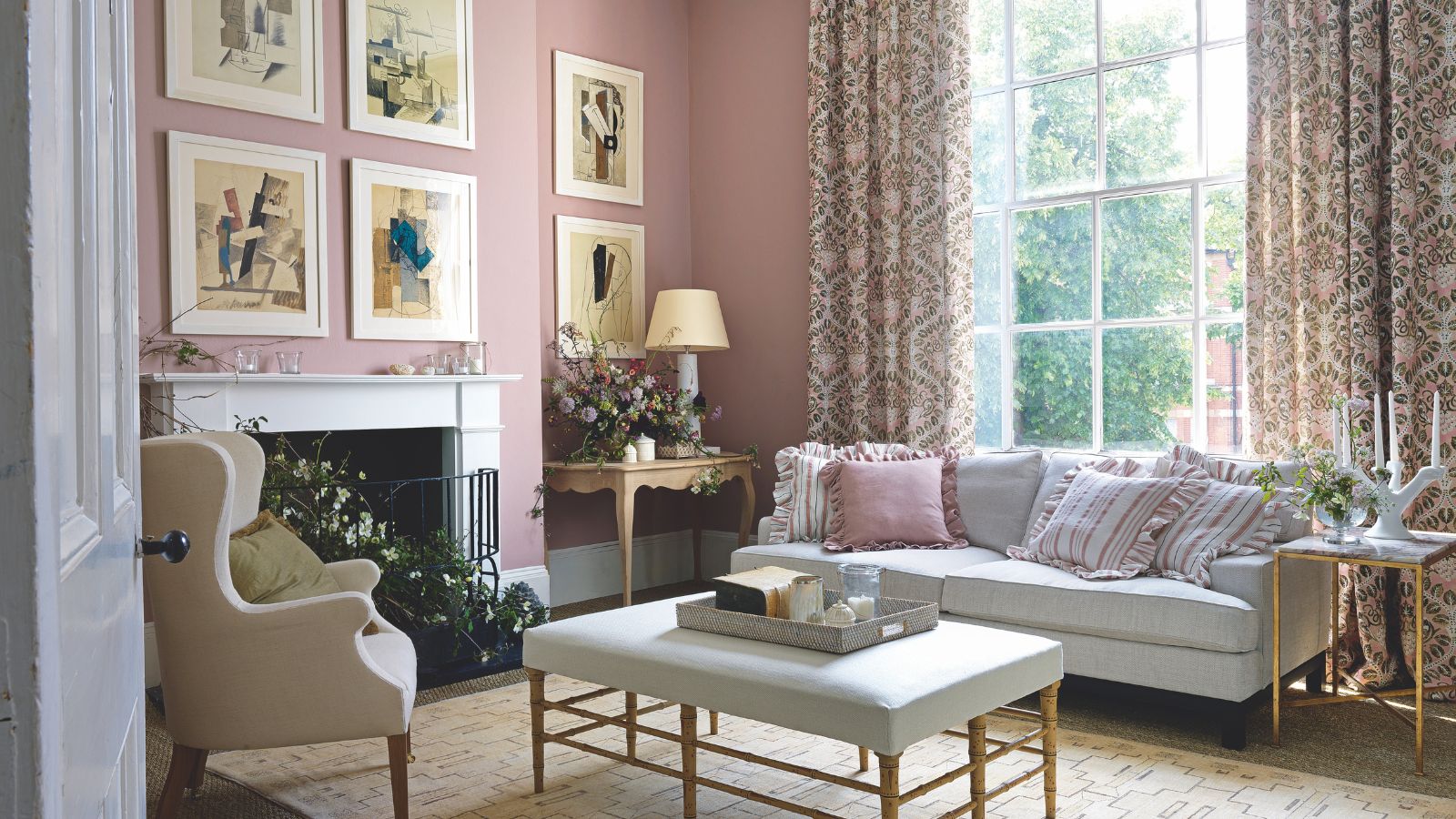 Put your 'purgatory place' and 'dust detective' in play – 6 expert tricks professional organizers use to effortlessly edit down belongings
Put your 'purgatory place' and 'dust detective' in play – 6 expert tricks professional organizers use to effortlessly edit down belongingsStress-free streamlining is entirely within sight
By Andy van Terheyden
